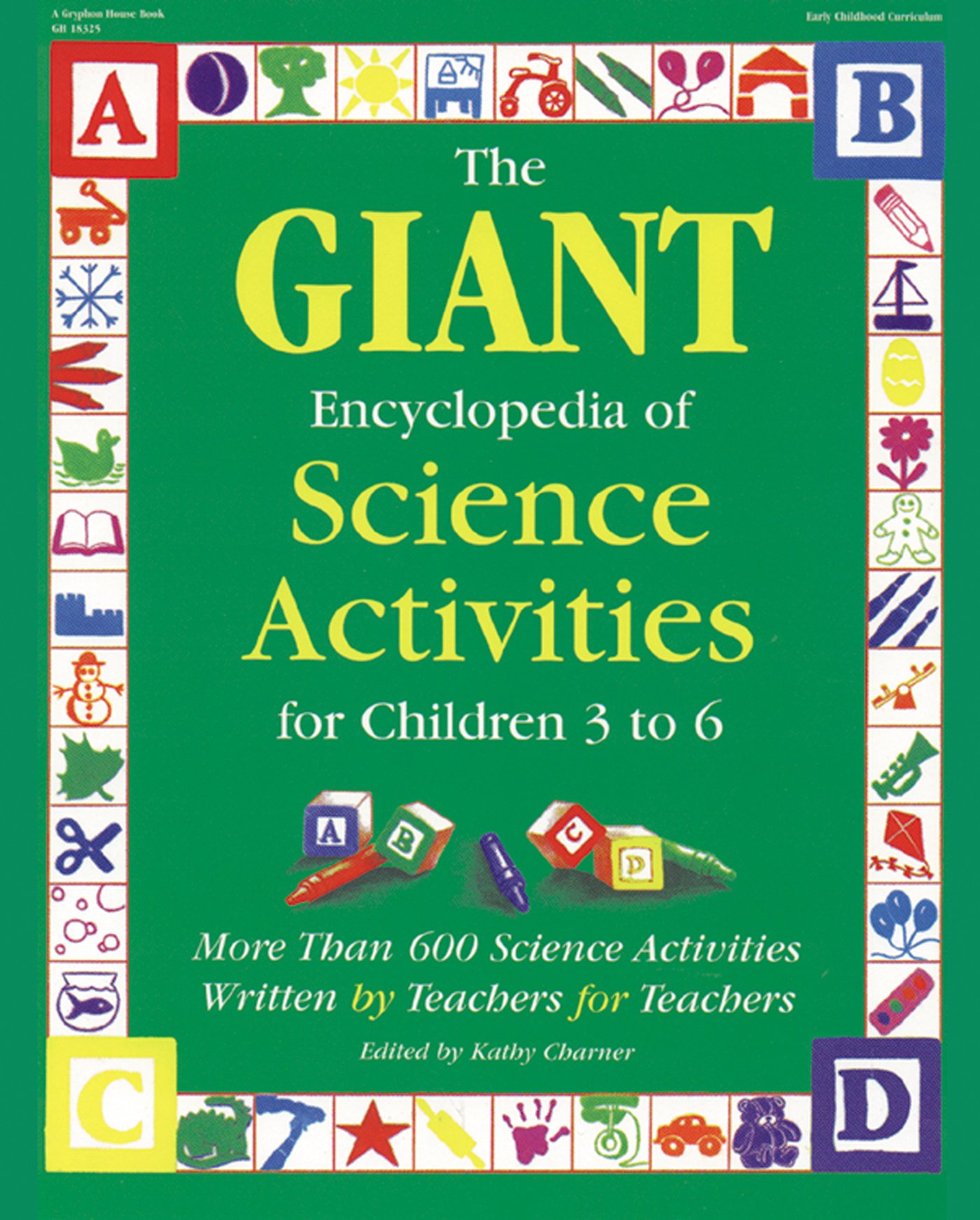Materials
- Chart paper
- Markers
- A "nice weather" day
What to do
1. Sit in a circle and learn the song "Sounds Everywhere" (see illustration). Sing it a couple of times so that it is familiar. The children will learn a middle section to the song at the end of the lesson.
2. Ask children to sit quietly and listen very carefully. What sounds do we hear right now in the room? Make a list of "inside sounds" on chart paper.
3. Go outdoors to the playground, a yard or a park. Sit down in a circle and listen very carefully. What sounds do we hear now? Make a list of "outside sounds" on chart paper.
4. Talk about the sound lists. Which sounds are loud? Which sounds are soft? Which sounds happen in nature? Which sounds are from machines?
5. Learn the middle leader-echo section of "Sounds Everywhere" adding leader-echo words from your sound lists. Sing it several times to use most of the words on your lists. Take four sounds from the sound lists, for example trucks honking, children talking, dry leaves, water dripping, and form a spoken middle section for the song. The leader says "trucks honking" and the children echo; the leader says "children talking" and the children echo, and so on. The last time through the singing section you could substitute "That's what we hear!" in place of "What do you hear?" The form of the song is to alternate singing and the leader-echo section.
More to do
- Art: Working in groups, let the children create two murals with crayons and/or markers, one depicting the inside sounds and the other depicting outside sounds that they heard. Display the murals in your room or the hallway. Another option is to cut out magazine pictures depicting sounds and create collages. Take cards and print on them the names of the sounds depicted on the murals (e.g., car, leaves, bell, children) and attach the cards to the mural.
- Games: Let the children play Charades, acting out sounds in silence. For example, a child might pantomime a ticking clock, or blowing wind or a laughing child. * Invite another class to a "mini-performance of sounds." Show your murals and let the children tell what they learned. Conclude with "Sounds Everywhere" and/or the other fun sound songs with the audience participating.
- Science: To expand on how sound is produced, do the "Good Vibrations" activity in The Giant Encyclopedia of Circle Time and Group Activities for Children 3 to 6 by Gryphon House.
- Music: Sing other songs that have sound effects added, for example, "Old MacDonald Had a Farm" and/or "She'll Be Coming "Round the Mountain."
-Jeanne Clark, Torrington, WY
